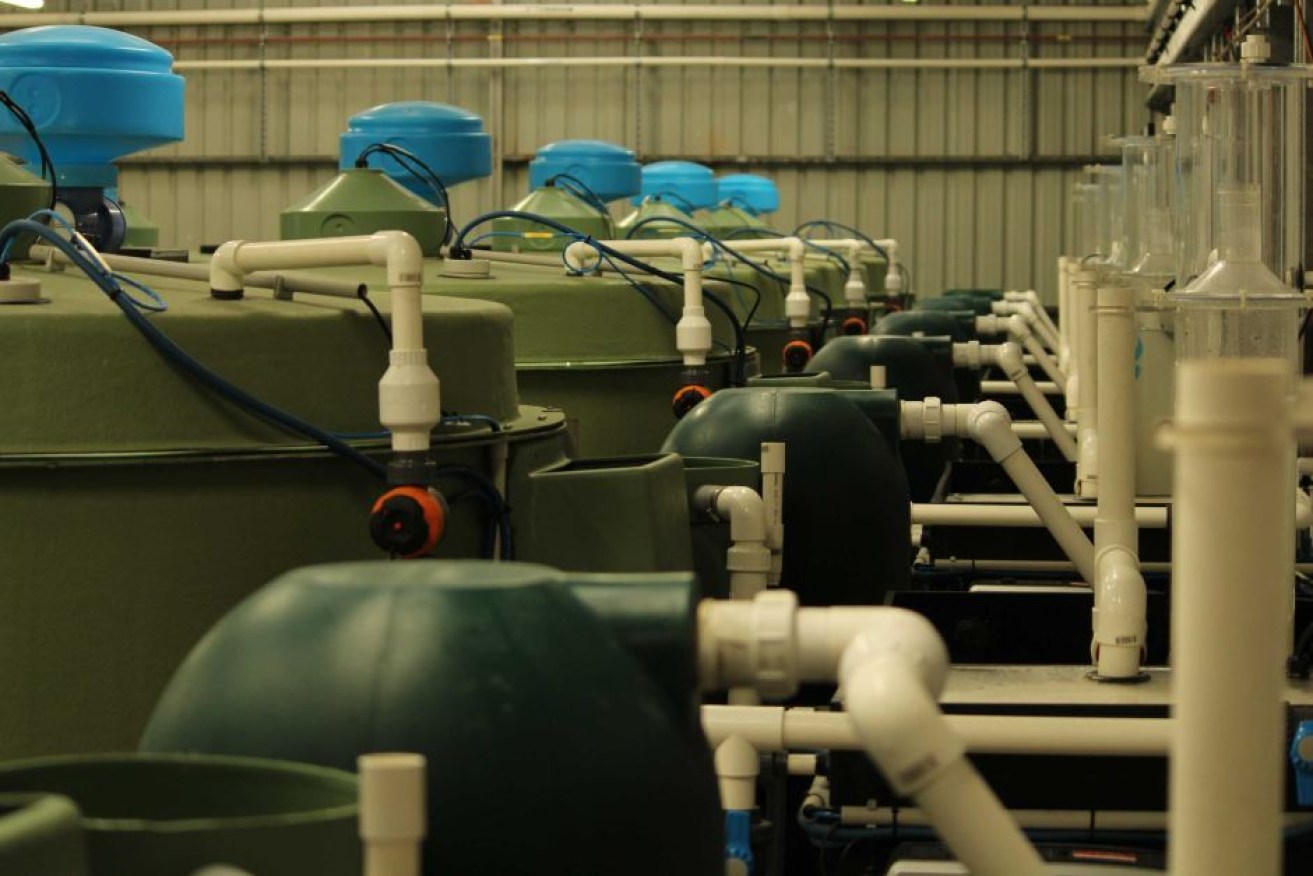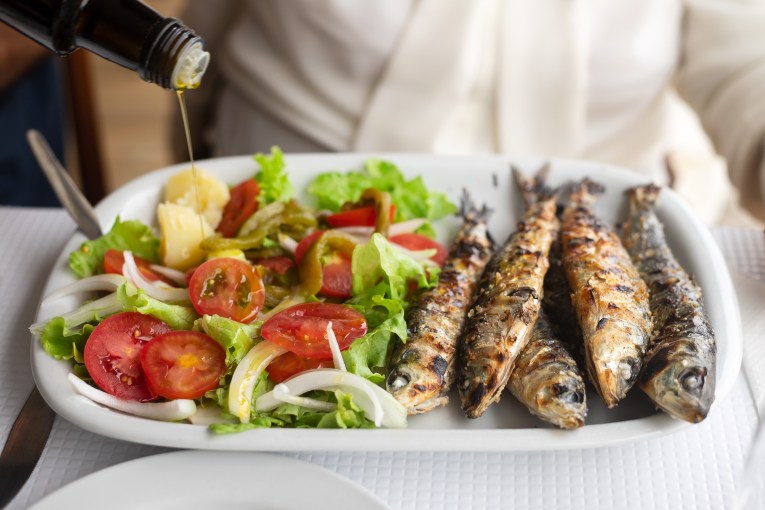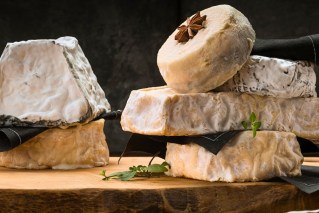Tassie salmon research centre to tackle disease

ABC
A new aquaculture research centre in Hobart’s south is expected to help reduce the cost of salmon production and help fish farms better deal with climate change.
Farmed salmon is worth more than $500 million a year to Tasmania’s economy and employs more than 5,000 people, directly and indirectly.
The $6.5 million centre is part of the University of Tasmania’s Institute for Marine and Antarctic Studies centre at Taroona.
• Thirteen simple ways to start saving money today
• Knowing these three things will save you money
• It’s a rip-off: save hundred on travel insurance
It has specially designed systems to control environmental conditions including light, water quality and temperature, allowing scientists to examine climate change effects in local conditions.
Researchers will develop different types of feed to reduce disease and maximise fish growth over a range of temperatures.
Huon Aquaculture has put $1 million towards the centre and the company’s executive director, Frances Bender, said the research would help control amoebic gill disease, which costs the company $30 million a year.
“We have to physically take every fish out of the saltwater and put them in the fresh water to swim around for a few hours, and then put them back into the saltwater,” she said.
“Now, that sounds very easy, but it is actually enormously labour-intensive.

The treatment tanks will allow researchers to test out different fish growing conditions to reduce disease and maximise fish growth. Photo: ABC
“So we’ll have a controlled environment to do further research with that.
“I think every part of the research here will be able to help us with climate change, because we will be able to control the environment.
“So we will be able to physically dial up warmer water in the tanks and keep the water oxygenated and then look at the effect on salmon and how they feed, how the feed affects their growth, and how the warmer water affects the gill amoeba.”
Ms Bender said it would improve industry viability by improving the cost of fish food.
“We will also be able to do a lot more research on feed and developing and lowering our feed conversion rates; being able to lower our terrestrial products into our feed and make sure that we get the right production results and the health of our fish is not being compromised,” she said.
University of Tasmania vice-chancellor Peter Rathjen said the facility was the first of its kind in the southern hemisphere.
He expects it will create jobs and improve research outcomes.
“This should help the industry to expand and it should also help the university to be more competitive, both of those should bring new money to the state and new jobs to the state,” he said.
“One of the things that they have just built is a new lunch room for the students so that they can come in on weekends, you can also sleep overnight here if you’re a student, so you can get more closely engaged with the research.”








